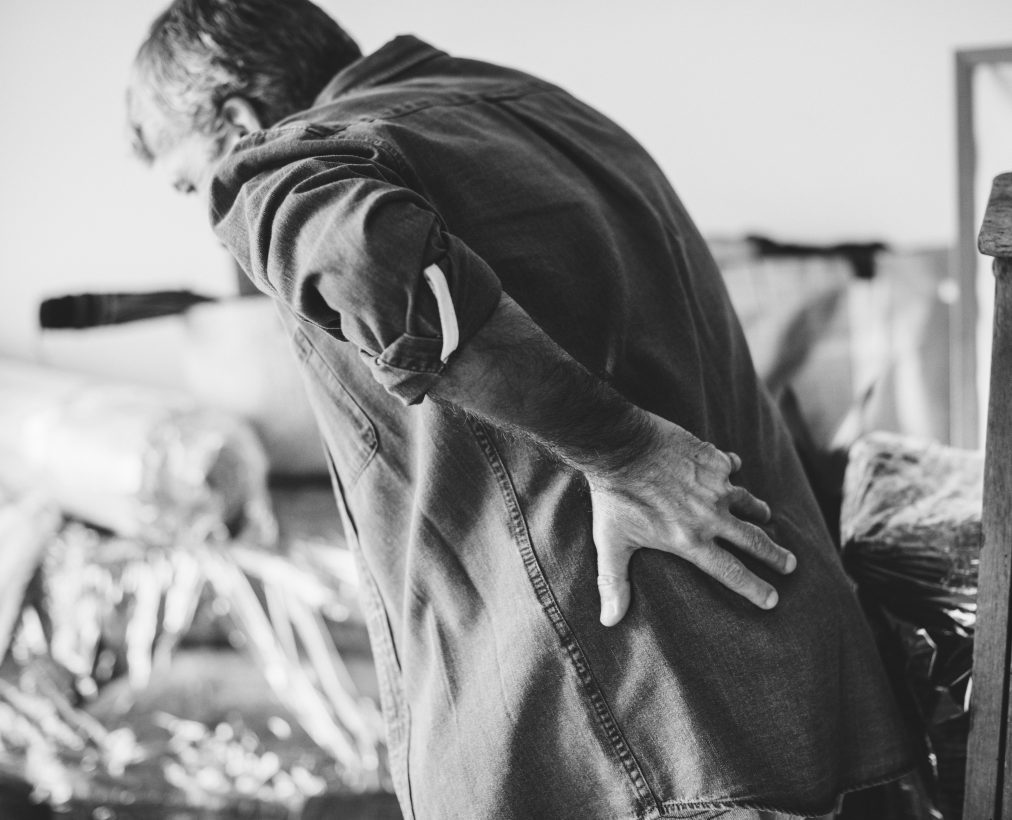Good Pain vs Bad Pain

Getting back into shape, taking care of your body, running that first half marathon…..all great goals. But, with an abundance of excitement and eagerness to tackle these goals, sometimes we go a bit too hard and our bodies pay for it in the form of pain. Isn’t this just normal though and part of the training process?
Well, there is some truth in the “no pain, no gain” principle. The good pain we are talking about is called delayed onset muscle soreness, or “DOMS”. This is a muscle ache, soreness, or stiffness that you feel 24 to 48 hours after activity and subsides over a few days. It is common to experience DOMS when you start a new exercise program, or dramatically increase the intensity or duration of your exercise routine.
DOMS is the result of microscopic tearing of muscle fibers, causing microdamage to the muscle fibers and inflammation. This is often a result of eccentric muscle contractions, which occur when the muscle is contracting while it is being lengthened. Examples of eccentric activities are running downhill, downward phase of squats, or lowering weights. DOMS is perfectly normal, and happens to people of all fitness levels. It is part of the body’s way of adapting to new exercise, so that you are stronger and better able to handle the load the next time.
If you are new to exercise and experiencing DOMS pain, don’t be discouraged! Although there is no proven remedy to reduce muscle soreness, DOMS pain does subside on its own. Also, some people use ice, foam rollers, massage, NSAIDs, heat, and/or stretching to help alleviate symptoms.
People often get DOMS pain confused with bad pain from a sports injury. Sports injuries can be acute or chronic. Acute injuries are easier to identify because they are a sudden onset, such as rolling your ankle. With these injuries, there tends to be sharp pain at onset, with associated swelling, bruising, and loss of range of motion. Chronic injuries can happen over time commonly through repeating poor movement patterns. Often there is pain during your activity, and it can be sharp or achy. Also, this pain persists and does not go away after a few days. There may be swelling and your joints themselves may hurt. Remember that with DOMS pain, it is only muscle ache that you should feel 24 to 48 hrs after activity and it subsides in a few days.
If you are experiencing DOMS pain, persevere and keep on exercising! You are only getting in shape and getting stronger! If you are experiencing signs of a sports injury, seek medical help early. It is much easier to deal with an injury early on then to wait for something serious to happen or for other parts of your body to break down. And if you are unsure about your pain, consult your trainer, physiotherapist or other medical professional. Listen to your body so that you can stay healthy and on track to achieving your goals!
Jessie Wu, MPT, ConnectTherapy™, Clinical Pilates, CAFCI

This week our featured therapist is change to Jessie Wu. To learn more about Jessie check out our PhysioWorks team.


Leave a Reply